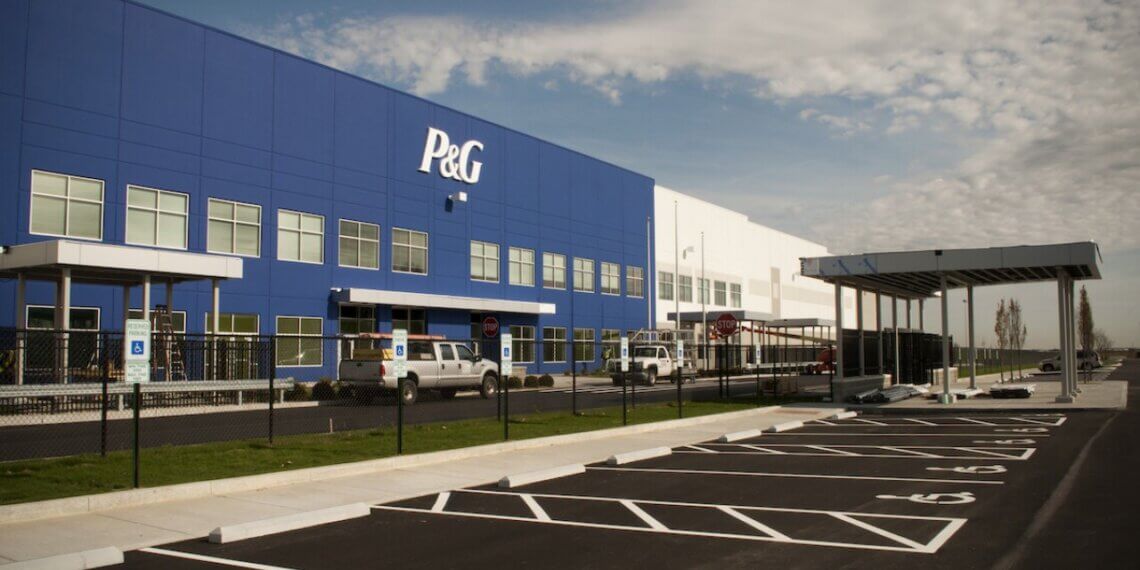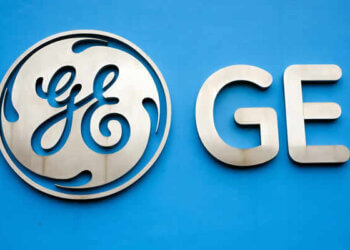The rate of CEO departures among top U.S. companies has reached its highest level since 2005 because investors are paying closer attention and boardroom changes are driving executive leadership changes. The number of S&P 500 CEO departures in 2025 has reached forty-one which approaches the total number of departures from last year.
The company Procter & Gamble joined other companies by announcing that Shailesh Jejurikar will take over as CEO from Jon Moeller in 2026. The executive chairman position will allow Moeller to maintain his board influence after his transition. Kenvue and Henry Schein made recent leadership changes because they wanted to improve performance and increase shareholder value.
The rapid CEO turnover can be explained by three factors: boards gaining independence and activist investors becoming more assertive while facing an increasingly harsh economic environment. The combination of rising inflation rates and geopolitical tensions and trade policy changes under President Trump has made CEO roles more difficult while the tech-driven market surge has made struggling companies more vulnerable.
Activist investors now take more aggressive action by replacing CEOs to push their desired strategic changes. The CEO replacement rate during the previous year reached 42% among companies that ranked in the lowest quartile of shareholder return performance.
The CEO of Kenvue faced removal after the stock price declined by more than 16% following the Johnson & Johnson spinoff yet the S&P 500 rose by 41%. The willingness of boards to take decisive action has increased while investors show greater acceptance when leadership fails to produce results.










